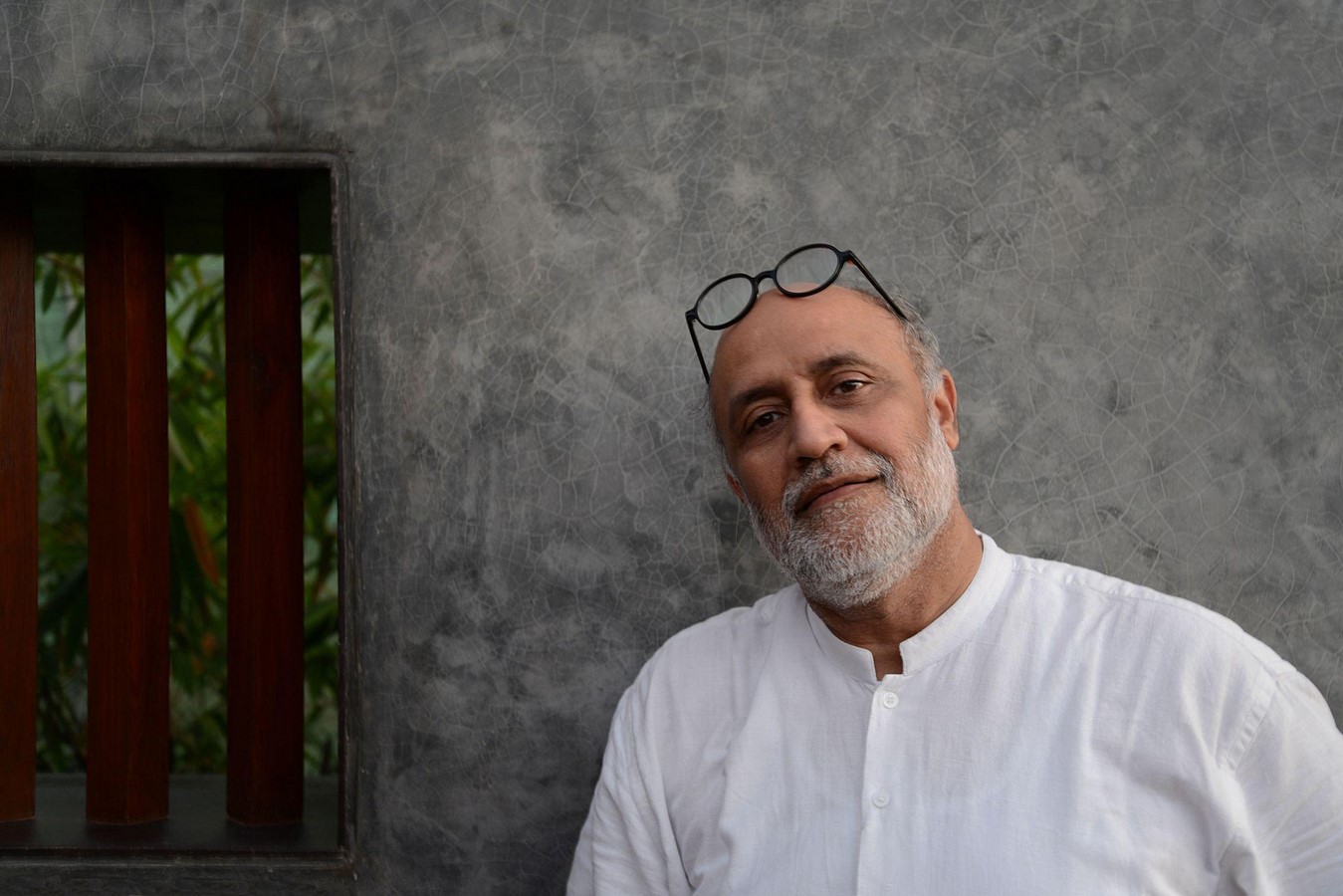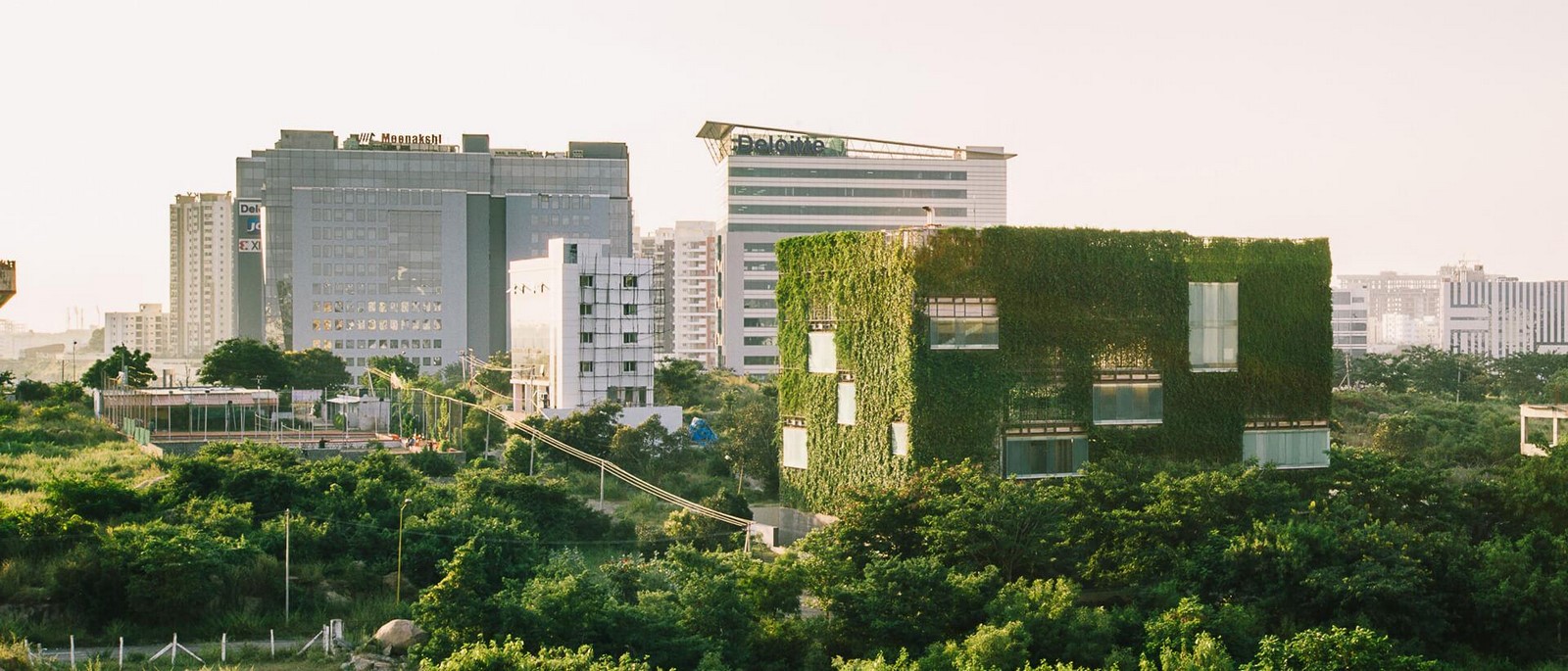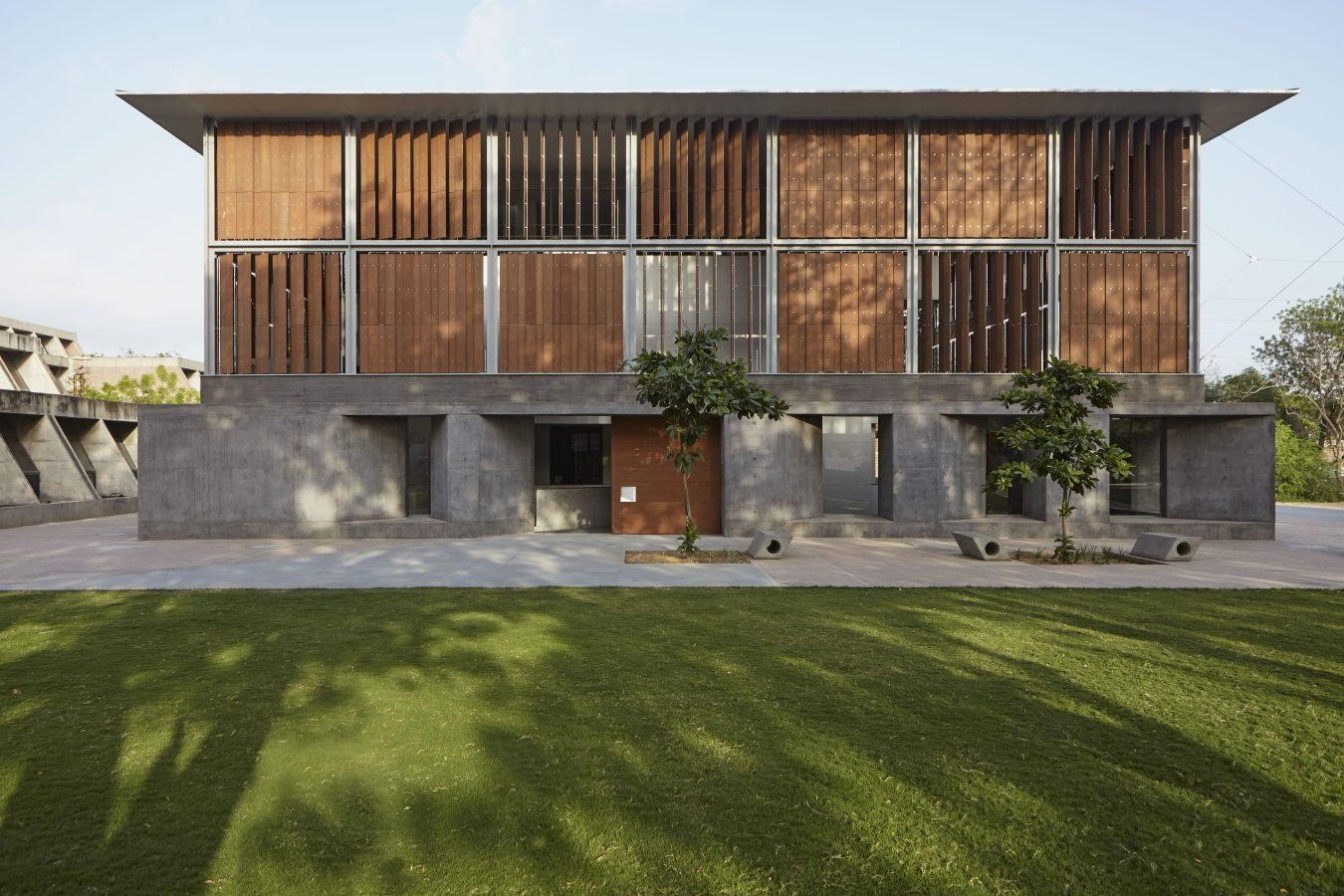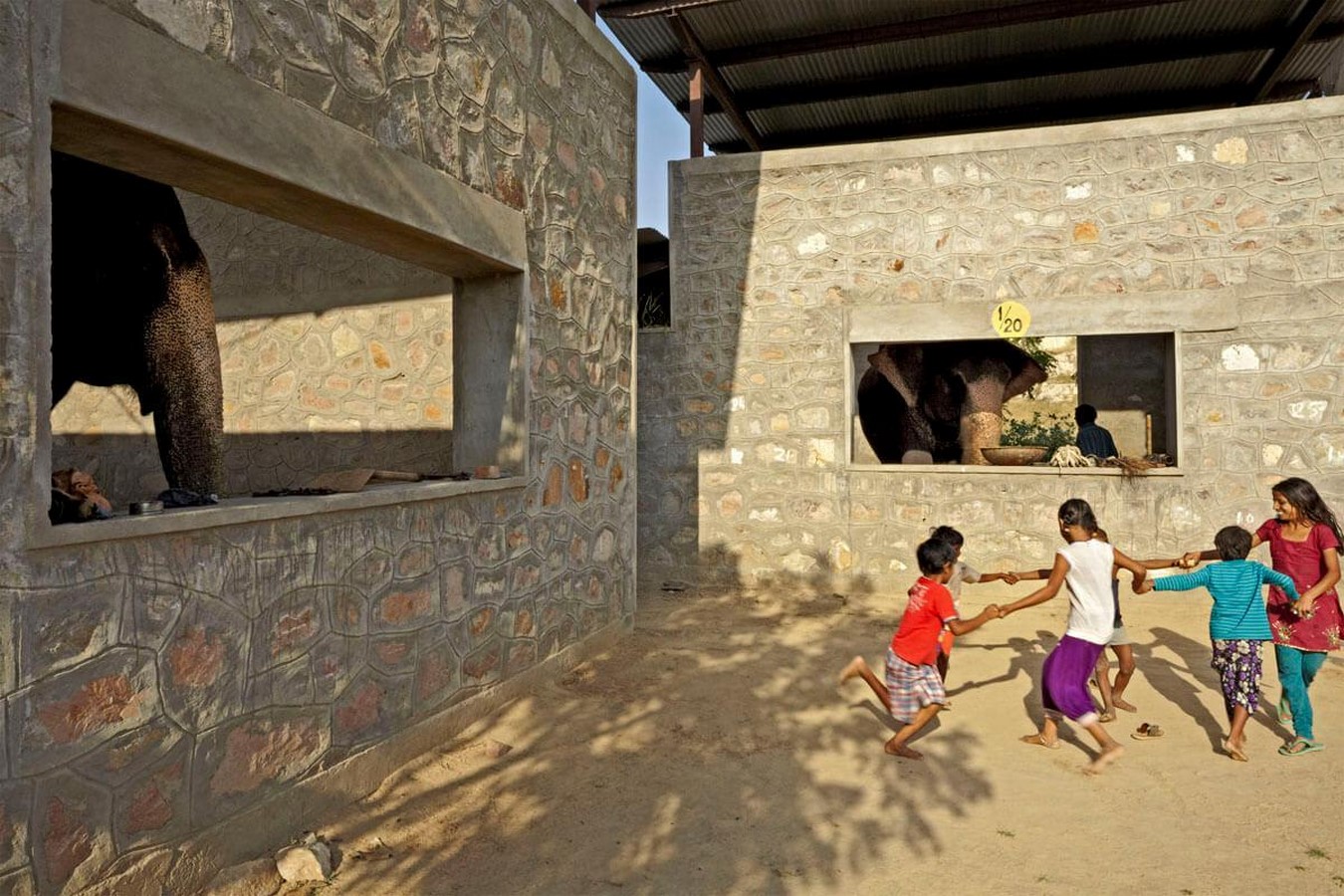Renowned architect and urban planner Rahul Mehrotra brings a unique perspective to the discussion of how architecture shapes urban cultures. In addition to being about real physical constructions, his work has always centred on the idea that architecture is a language for cultural expression and narrative in urban environments. This article investigates how Rahul Mehrotra’s technique reinterprets the ways in which architecture impacts the identities and lifestyles of urban inhabitants. Rahul Mehrotra’s architectural idea incorporates both urban transformation and cultural preservation. He highlights the need of adaptive reuse and urban regeneration, two strategies that are critical to the preservation of cultural assets in urban areas.

Architectural Narratives
Mehrotra emphasises the value of architectural narrative in understanding and interpreting a city’s cultural identity. Every street, structure, and public space, in his opinion, has a story to tell, and it is through these narratives that we may comprehend the essence of a city. Unlike traditional perspectives that emphasise aesthetics, Mehrotra’s technique seeks to reveal the hidden narratives entwined throughout the city.

Identity and Context
It is clear from Mehrotra’s work how important context is to architectural design. According to him, a place’s architecture ought to be intricately intertwined with its cultural, historical, and social milieu. Architects may design buildings that are in tune with the local way of life and contribute to the development of a more robust sense of identity by considering the unique setting of a city or neighbourhood.
Urban Planning and Inclusivity
Urban planning that is inclusive is emphasised in Mehrotra’s ideology. He makes the case that inclusiveness and diversity should be encouraged in urban design. Architects may support the promotion of social contact and a feeling of community by creating public spaces that accommodate a range of activities and demographics. Urban landscapes that are more dynamic and culturally rich are the result of this strategy.

Interactions and Engagement
The emphasis on architecture’s function in enabling encounters is one of Mehrotra’s main points of view. He believed that people should be encouraged to interact with their environment and with one another while designing public places. Public spaces with good design, including plazas and community centres, may serve as magnets for social interaction and cross-cultural interchange. The architectural design of public spaces can either encourage or discourage social interaction. Well-designed public squares, parks, and plazas act as meeting points for people from diverse backgrounds, fostering cultural exchange and social inclusion. In contrast, poor architectural choices, like overly wide roadways or a lack of public seating, can isolate communities and hinder social bonds.

Cultural Expressions
Rahul Mehrotra‘s architectural style is consistent with the notion that structures may be potent cultural symbols. Architects may commemorate a place’s cultural legacy by adding vernacular aspects, traditional designs, and local materials into their work. With this method, buildings may really embody the culture of the communities they are a part of.
Historical Perspective
Cities have always been characterised by their architectural designs. The magnificence and strength of the Roman Empire were personified in the ancient city of Rome, with its opulent colosseums and complex aqueducts. On the other hand, the majestic temples and tall pagodas of historic Kyoto capture the tranquillity and spirituality of Japanese culture. These illustrations show how a city’s history and core values can be visually conveyed through architecture.
Sustainability and Adaptability
Mehrotra is a fervent supporter of environmentally friendly design. According to him, cities need to address the issues of resource conservation and climate change. By encouraging knowledge and responsible living, sustainable architecture methods not only preserve the environment but also help to build a city’s culture. Sustainable design continues to be central to Mehrotra’s thinking. He exhorts architects to see sustainability as an essential component of culture. Architects contribute to the instillation of an environmentally conscious culture through the integration of environmentally responsible design features into urban developments. The locals support these activities because they emphasise how important it is to protect the environment for coming generations.
Conclusion
According to Rahul Mehrotra, architecture can be used to reveal rich stories hidden within urban environments, promote inclusivity, and showcase a variety of ethnic expressions. His approach is consistent with the idea that cities may become thriving hubs of culture by reflecting their past and present via the physical landscape. By embracing his notion, we may create metropolitan regions that are not only practical but also strongly connected to the diverse cultures they support, therefore improving the lives of individuals who reside in these cities. Rahul Mehrotra’s observations on the impact of architecture on urban cultures demonstrate the significant role that architecture plays in creating the cultural fabric of cities. His approach creates cities that are emotionally compelling, culturally diverse, sustainable, and centred on architectural narrative, cultural inclusion, engagement, sustainability, and adaptive reuse in addition to being visually beautiful. By embracing his mindset, cities may grow into thriving cultural hubs that honour the past while looking to the future.
References:
- Mehrotra. R and Dwivedi. S (2006). Bombay: The Cities Within. Eminence Designs Pvt. Ltd.
- Mehrotra. R and Vera. F and Antonio. J (2017). Ephemeral Urbanism. List.ab
- Mehrotra. R and Vera. F (2017) Kumbh Mela: Mapping the Ephemeral Megacity. Niyogi Books.
- Belogolovsky, V. (2022) Rahul Mehrotra: “for us, architecture became the project of resistance”, STIRworld. STIRworld.com. Available at: https://www.stirworld.com/think-columns-rahul-mehrotra-for-us-architecture-became-the-project-of-resistance (Accessed: May 3, 2023).
- Rahul Mehrotra (2023) Harvard Graduate School of Design. Available at: https://www.gsd.harvard.edu/person/rahul-mehrotra/ (Accessed: May 3, 2023).















